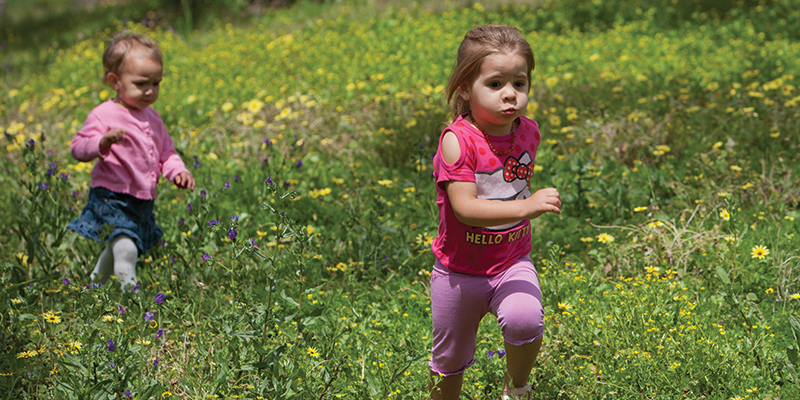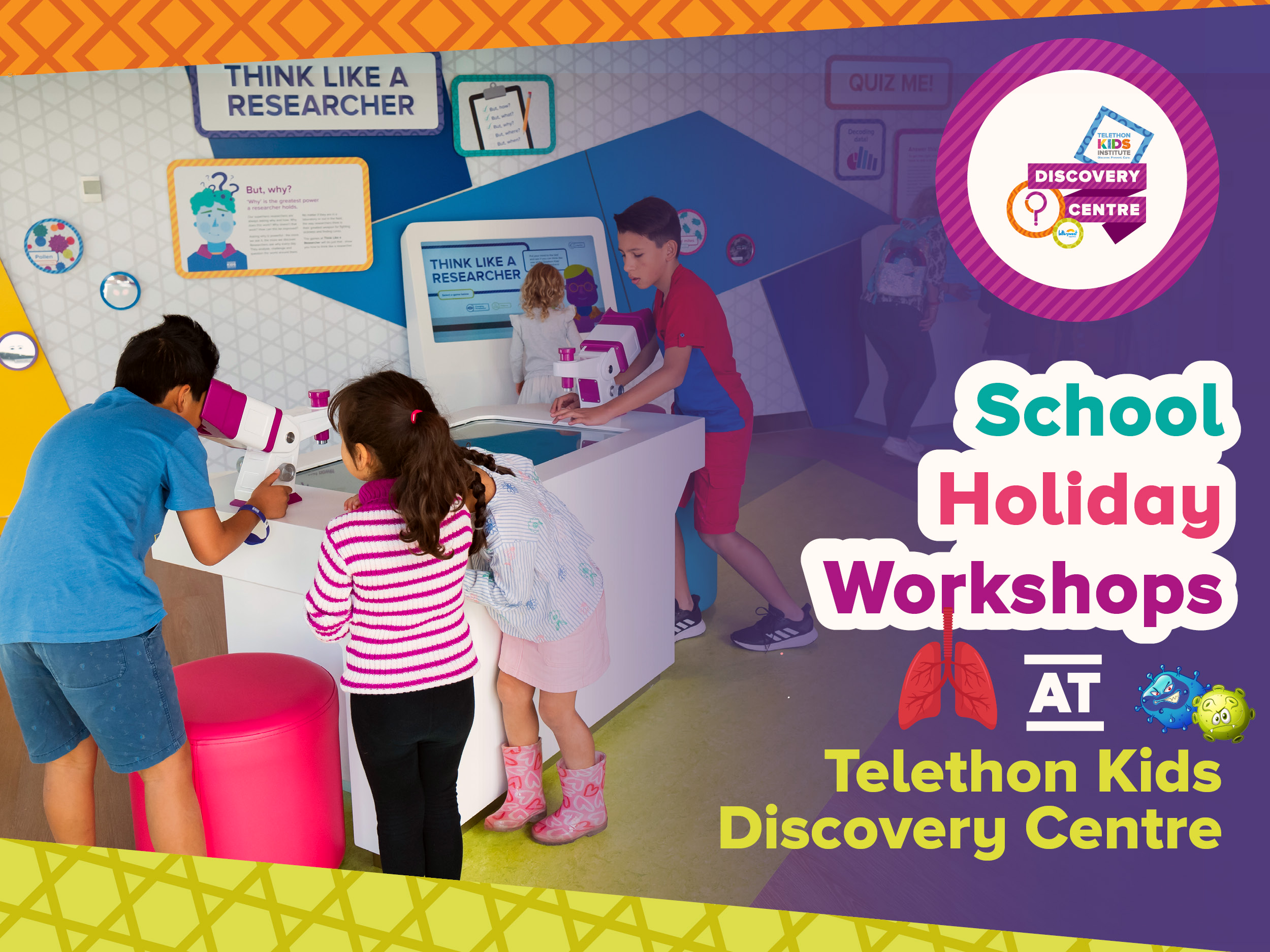Search
Showing results for "early life"
Research
Comparing videolaryngoscopy and flexible bronchoscopy to rescue failed direct laryngoscopy in children: a propensity score matched analysis of the Pediatric Difficult Intubation RegistryFlexible bronchoscopy is the gold standard for difficult airway management. Clinicians are using videolaryngoscopy increasingly because it is perceived to be easier to use with high success rates. We conducted this study to compare the success rates of the two techniques when used after failed direct laryngoscopy in children with difficult tracheal intubations.
Research
Flexible bronchoscopy insufflated and high-flow nasal oxygen pilot trial (BUFFALO protocol pilot trial)Hypoxaemia occurs in approximately 30% of children during anaesthesia for flexible bronchoscopy. High-flow nasal oxygen (HFNO) can prolong safe apnoea time and be used in children with abnormal airways. During flexible bronchoscopy, there is limited evidence if HFNO confers advantages over current standard practice in avoiding hypoxaemia. The aim is to investigate feasibility of HFNO use during anaesthesia for flexible bronchoscopy to reduce frequency of rescue oxygenation and hypoxaemia.
Research
The role of WhatsApp™ in pediatric difficult airway management: A study from the PeDI CollaborativeManagement of the pediatric difficult airway can present unique clinical challenges. The Pediatric Difficult Intubation Collaborative (PeDI-C) is an international collaborative group engaging in quality improvement and research in children with difficult airways. The PeDI-C established a WhatsApp™ group to facilitate real-time discussions around the management of the difficult airway in pediatric patients.
Research
Predicting obstructive sleep apnoea and perioperative respiratory adverse events in children: role of upper airway collapsibility measurementsObstructive sleep apnoea (OSA) and perioperative respiratory adverse events are significant risks for anaesthesia in children undergoing adenotonsillectomy. Upper airway collapse is a crucial feature of OSA that contributes to respiratory adverse events. A measure of upper airway collapsibility to identify undiagnosed OSA can help guide perioperative management. We investigated the utility of pharyngeal closing pressure for predicting OSA and respiratory adverse events.

A child can’t thrive if they don’t have a roof over their head.

News & Events
Navigating the teen yearsTeenage years can be a challenging time for families, a period made all the more difficult if a child has Type 1 Diabetes.

News & Events
Building the foundations of communicationSenior Speech Pathologist Sally Grauaug looks at how to build the foundations of communication with your child.

News & Events
January school holiday workshopsThe The Kids School Holiday Workshops are back on this January holidays with a bigger and bolder program of fun and educational workshop for kids!
Research
Western Australian adolescent emotional wellbeing during the COVID-19 pandemic in 2020The impacts of the COVID-19 pandemic have been vast and are not limited to physical health. Many adolescents have experienced disruptions to daily life, including changes in their school routine and family’s financial or emotional security, potentially impacting their emotional wellbeing.

News & Events
New funding to tackle undiagnosed diseases and improve cancer immunotherapyOne of the researchers who helped crack the code of 10-year-old Northam girl Charlotte Patterson’s incredibly rare disease has received State Government funding that will allow her to use the same methods to rapidly assess the cases of hundreds more patients living with undiagnosed disease.
